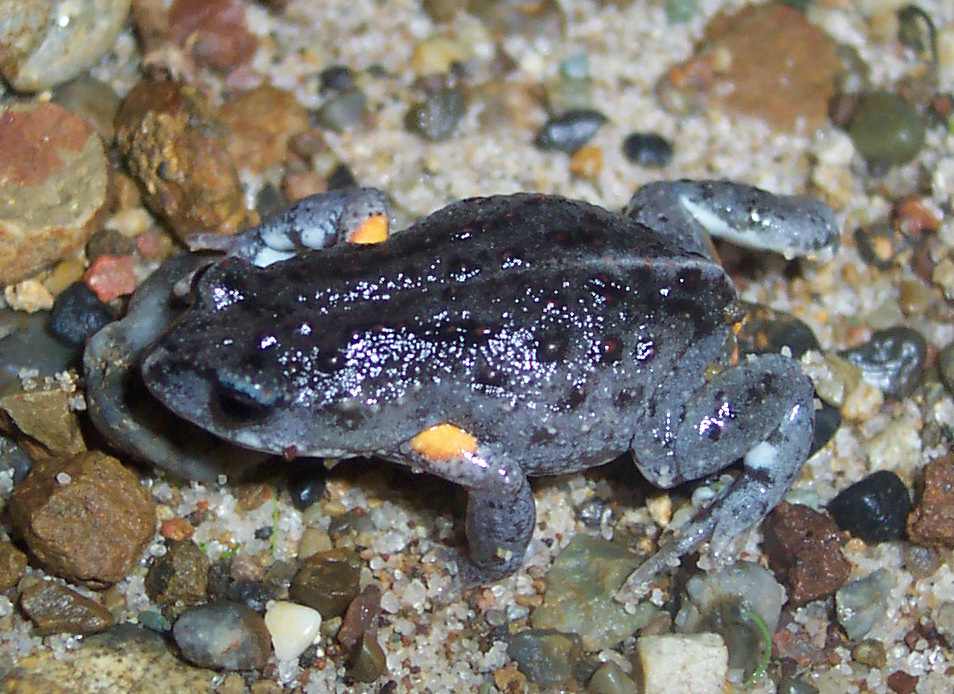Herpetology
Article Review
Population augmentation
Hello everyone! I found a very interesting article today on population augmentation which I was drawn to read more about because I had no idea what it was.
Population augmentation is a conservation technique used for species that are declining in rates. This conservation technique uses the introduction of different species from different populations to mitigate the species from becoming extinct. This article observes the consequences of using population augmentation as a conservation method for the near threatened Pseudophryne bibronii. For instance, some of the consequences of population augmentation are that the offspring may be less fit for its environment and they could potentially have a number of health issues from mixing two different gene pools.

Pseudophryne bibronii
This experiment was conducted by using artificial fertilization in order to mix the populations to determine whether population augmentation is a viable technique for increasing population numbers. Below are the three different Pseudophryne species of frogs introduced in addition to Pseudophryne bibronii. Oocytes and sperm were collected from the frogs and were placed on a tray, then fertilization medium was used. To trigger the eggs to hatch, this experiment used reverse osmosis water. Interestingly, they found that more than 50% of the offspring did not survive until metamorphosis. From this information the authors concluded that population augmentation has more negative consequences in that the frogs cross-bred had a much lower fitness level (didn't survive). In the article it was noted that the observed lower fitness levels are consequently caused by the high levels of genetic differences between the frogs.
While population augmentation may be a good solution for the conservation of certain species that are declining rapidly, it's important to consider the negative consequences that may come with it. Conservation is very important, but if the strategies used for conservation are more harmful than helpful, then much more research must be done before conducting experiments such as the one in this article.
Article Source:
The Society of Conservation Biology
Article Title:
An experimental test of the genetic consequences of population augmentation in an amphibian.
Authors:
Phillip G. Byrne and Aimee J. Silla

1 comment:
Very interesting article! I like that they were able to test this idea in the lab before trying it out in the field, and that the predictions come from some basic population genetics applied to conservation.
Post a Comment